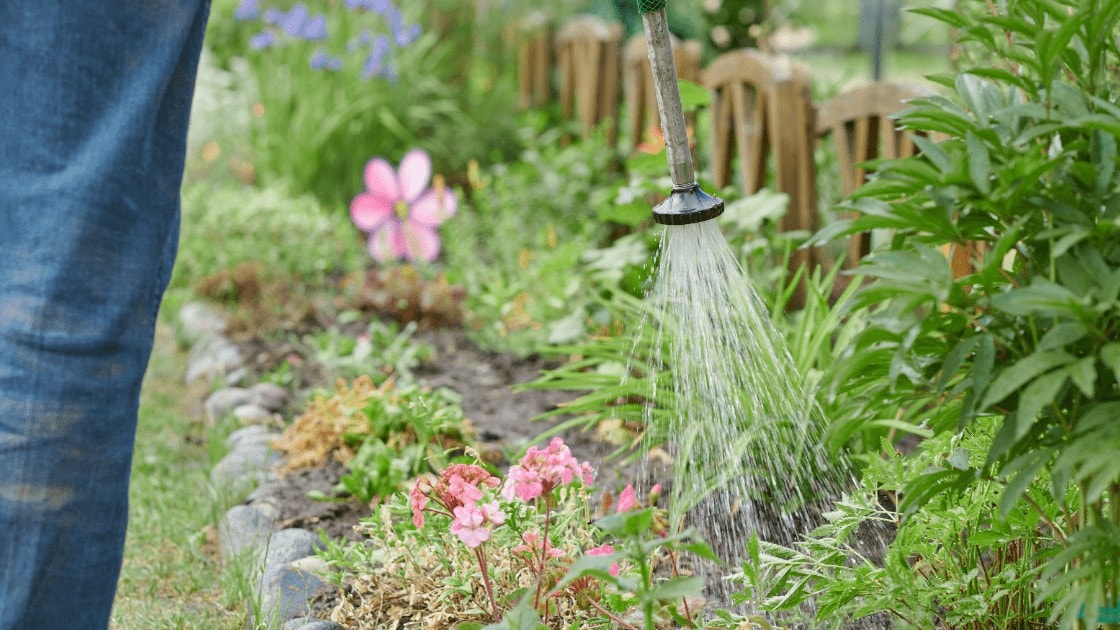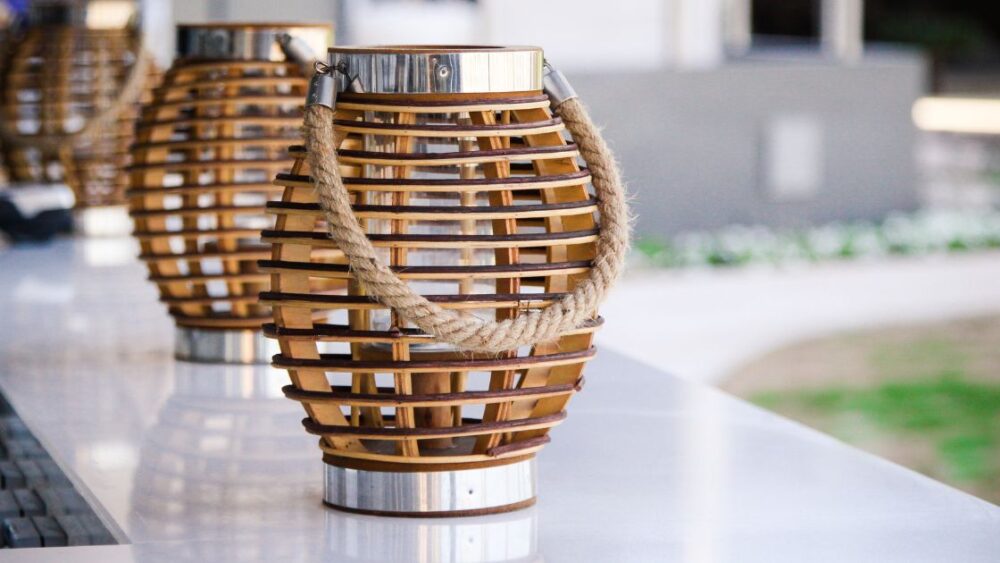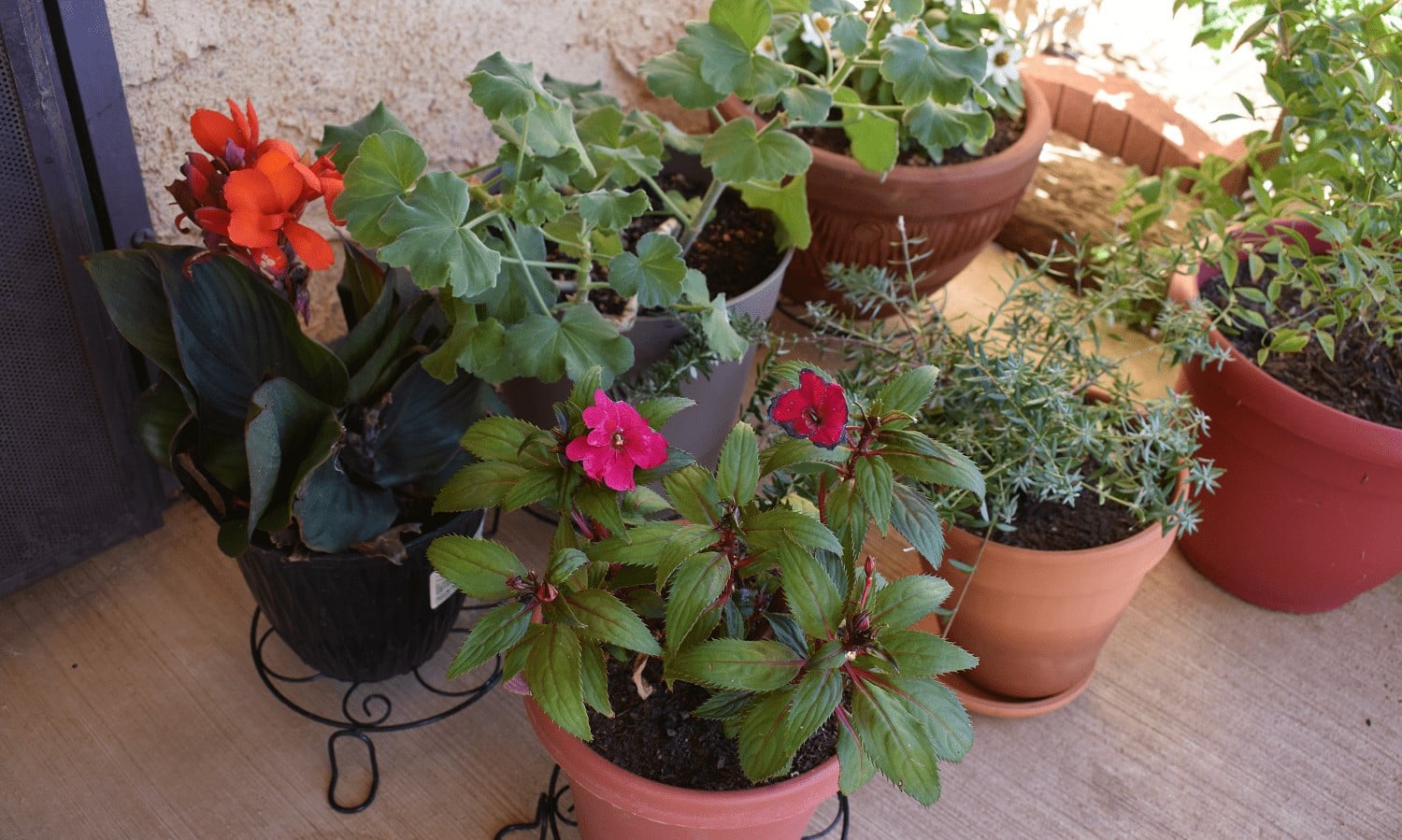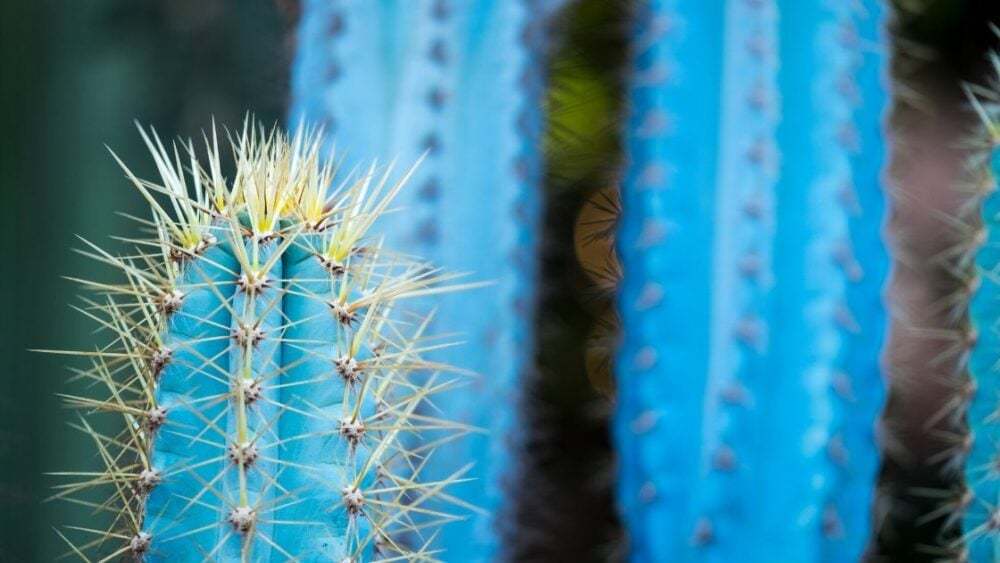
Although Pilosocerus are easy to care for and have practically identical growth requirements to all other species in this cacti, they are susceptible to certain growing problems such as discoloration, bruising, diseases and insect problems. In this article we will discuss what to look out for and how to provide an optimum growing environment for your cacti.
The Pilosocereus genus contains around a dozen different species of cacti, all of which have thick, prickly bodies, very visually similar to those of many other species commonly found in stores. In the wild, Pilosocereus cacti reach a height of up to 25 feet and develop a branched, tree-like structure. When grown in pots, they are commonly kept small, usually up to a foot or two high. They are easy to care for and have practically identical growth requirements to all other south-American, drought-tolerant cacti.
What Issues are Common When Caring for Pilosocereus Cacti?
While Pilosocereus cacti are not prone to problems, they can experience all the problems, common in thick-bodied, drought-loving succulents. Those include root rot, bruising, yellowing, black spots and fungal infections. Less commonly, the cactus may become infested by insect pests, which are probably the easiest problem to diagnose and cure.
Browse our Affiliate Products
Black Spots, Bruising, Yellowing or Other Discoloration
This is the most common and unfortunately the most difficult to diagnose issue, because the causes can be many. Root problems from overwatering, fungal infestations, heat stress and over-fertilization are all possible causes of discoloration.
Checkout this YouTube video discussing black spots and bruising.
Bruising Spots
Brushing spots may sometimes develop mysteriously, without an apparent cause. Unfortunately, once this necrosis has set in, the affected tissue is permanently damaged. If those spots appear, it’s a good idea to change the location of the succulent and make sure the temperatures are optimal. Severe sun stress, caused by sunlight getting concentrated by nearby reflective surfaces is a possible cause, especially when combined with a sheltered location with no wind/air movement to provide cooling.
The best thing to do if a spot-like discoloration appears is to observe whether or not the spots are spreading. If so, they may be caused by a fungal infestation, in which case you may want to apply a fungicide spray. Fungal infections in succulents are most common when the plant doesn’t receive full sun, or receives only window-filtered sunlight. Moving the pot outdoors may successfully cure the issue, but anti-fungal sprays are still the best solution.
Severe Yellowing
Severe yellowing affecting a large area of the body is most commonly caused by overwatering and/or over-fertilization. Paradoxically, the plant may also start wrinkling and appear dehydrated, because water-drowned roots have trouble absorbing water and nutrients due to oxygen deficiency. If the plant doesn’t recover when the watering frequency is reduced, uprooting the plant, cleaning the root system and repotting may be necessary. A humidity dome may be used temporarily while the cactus recovers.
Insect Pests
Insects are easy to spot and mealybugs are usually the prime suspect. Applying a pesticide after carefully removing the bugs with a cotton swab is effective. A magnifying glass is often necessary to notice and identify smaller pests, especially if you don’t have perfect eyesight.
Insect infestations don’t typically affect this succulent in its natural habitat, but indoor conditions like lack of direct sunlight and high humidity may make it more susceptible. If you experience frequent pest problems, it’s a good idea to address those issues and give the plant a healthy amount of stress that will build up its defenses and thicken its skin. This stress can come from direct, unfiltered sunlight, low nighttime temperatures and prolonged drought periods.
To find a wide variety of succulents, Check out our affiliates below.
Are All Pilosocereus Species Affected By The Same Issues?
Pilosocereus species all experience the same issues and symptoms when exposed to stress and disease. The symptoms are also similar to those in other column, tree and barrel cacti.
Check out this article on fairy castle cactus, Fairy Castle Cactus: Care and Propagation Guide For Beginners
Common Names for Pilosocereus Cacti
Members of the Pilosocereus genus are commonly referred to as ‘Column Cacti’ because of their structure. This name however, is applicable to many other species, including Lophocereus, Echinopsis and Stenocereus. The same applies to the name ‘Tree Cactus’. The most common Pilosocereus species (P. azulensis) is somewhat distinguishable from other column succulents by its blueish color.
For this reason, this cactus is also called a ‘Blue Torch Cactus’. However, most Pilosocereus species are not blue. ‘Pachycladus‘ is another common name, which refers to another specific species, Pilosocereus Pachycladus.
Pilosocereus Care & Optimum Growing Conditions
This is a very drought-tolerant cactus that doesn’t require much care. The most common mistakes when caring for Pilosocereus are overwatering during the winter dormancy period and not supplying enough sunlight.
How Big Does Pilosocereus Get?
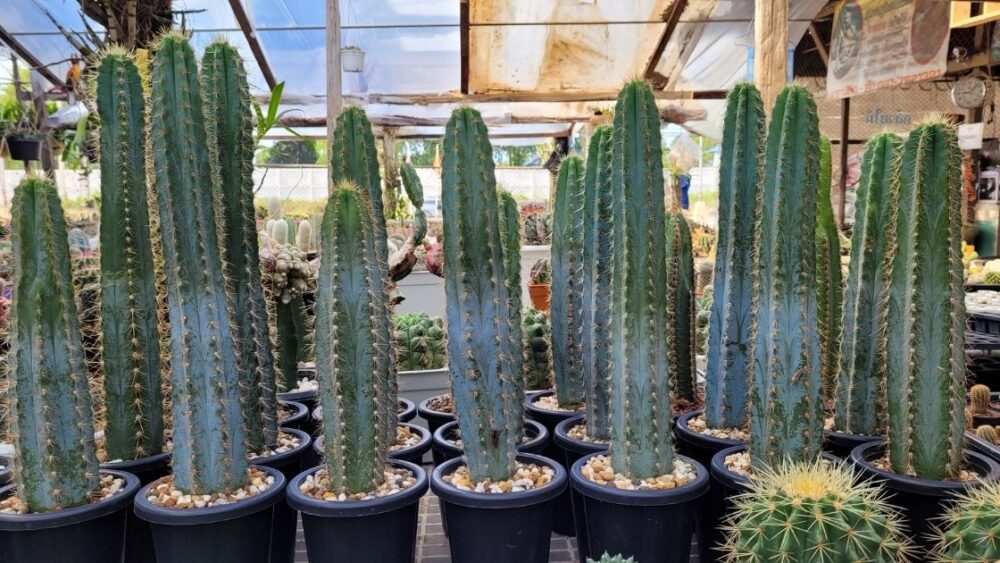
There are more than a dozen Pilosocereus species and most of them can reach a height of more than 10 feet and up to 30 feet in optimum conditions. This is not practically achievable in domestic conditions however, but the cactus can still be grown to 5-10 feet in height if given a large pot, fertilized frequently and given direct sun for most of the summer.
For fast growth, the night time temperature should be low, around 60F(15C). This is when the cactus absorbs carbon dioxide from the air, a process that is greatly hindered by high temperatures. This phenomenon is specific to plants that perform CAM photosynthesis, which is most succulents.
Does It Do Better Indoors or Outdoors and In Which USDA Zones?
If you live in a zone where the winter temperatures don’t drop below 50F (10C), you can plant this cactus outdoors and it will reach a giant size in a few years. This usually means zone 11b. It can be kept outdoors in lower zones if you house it in a greenhouse or provide some cover during the colder nights.
In all other zones, the cactus should be placed outdoors any time when there is no risk of the temperature dropping below 50F. Sunny, southern windowsills are also suitable, but not optimal.
How Much Sun Does It Like?
For maximum growth, members of the Pilosocereus genus should receive at least 6 hours of direct sunlight every day. Without this, growth will be greatly limited and the plant may become susceptible to diseases.
Some specimens may require acclimatization to direct sunlight, especially if they’ve spent most of their life in a greenhouse, where the light intensities are usually 1/3rd that of the direct sun. Sudden exposure to the direct sun is in fact a common reason for discoloration and other general symptoms.
What Type of Soil Is Required?
This is a drought-loving cactus that can easily succumb to root rot. A well-draining soil can prevent that. All cactus potting mixes are suitable for Pilosocereus and it likes a slightly acidic pH, just like most other succulents.
Is Feeding/Fertilization Recommended?
This depends on how much growth you want out of the plant. If you like to keep it small, fertilization is practically unnecessary. For fast growth, regular application of a good cactus fertilizer is recommended.
Watch out for any discoloration, wrinkling or other signs of fertilizer toxicity and if they appear, flush the pot with pure water. As with most succulents, 1/4th strength is recommended.
How Often Should Pilosocereus Be Watered?
Pilosocereus is not unique in its water preferences and should be watered just like all other thick succulents – around once a month, depending on the size of the pot. During the winter, the needed watering frequency is even lower and its best to observe the cactus for signs of dehydration before watering. Overwatering during the winter is the most common cause of root rot.
Is Repotting Necessary?
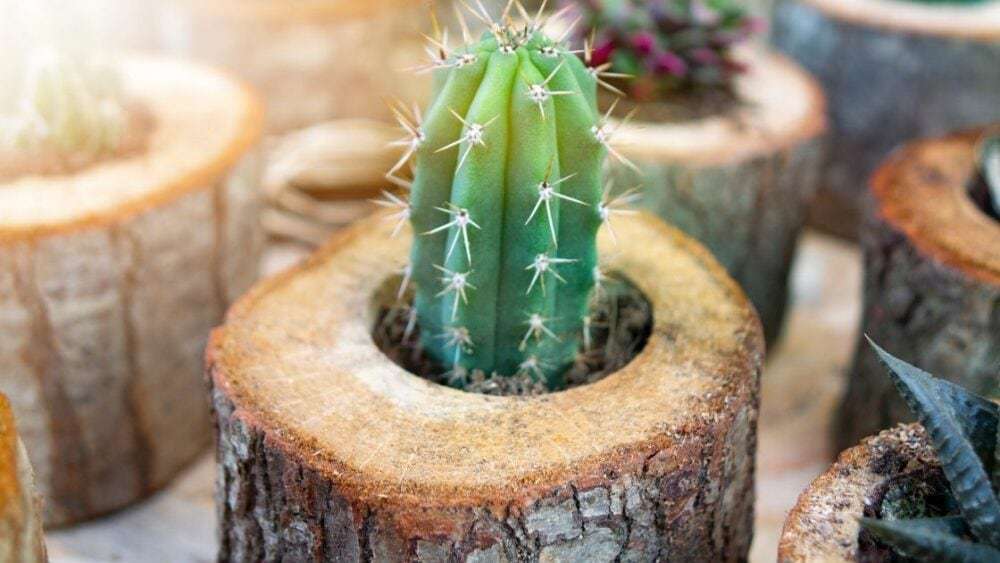
Pilosocereus can grow surprisingly quickly and if you want it to keep growing, you should definitely repot. Once the plant gets to a foot in height, it can double in height during the span of a year and then continue growing a foot and a half taller each year.
This is the maximum growth rate that is observed only with sufficient sunlight, low night temperatures and uninterrupted darkness at night. This cactus can be successfully kept small by keeping it in a small pot and not repotting. For more information about pots, click here to read out article, What is the perfect pot for my plants?
Is Pilosocereus Easy to Care For and Propagate?
This is definitely an easy succulent to care for, especially if you have a suitable outdoor area to place it in during the summer. It can be easily propagated only after it gets tall and starts branching, at which point cuttings can be easily obtained.
For younger plants that have one main body, the only way to propagate by cutting would be to completely cut the body into multiple pieces and root them, which obviously carries some risk. Seed propagation is easy, but this cactus is not a prolific bloomer, especially in domestic conditions – it may flower only once every few years.
What Other Issues Are Common When Caring for Pilosocereus?
Apart from the discoloration caused by various difficult to identify diseases and stress factors, this cactus may simply become too large to be comfortably housed indoors during the winter.
Growth can be easily controlled by limiting the nutrient supply and the pot size. Because of its vertical body, it won’t capture an optimum amount of light when placed on a windowsill – an open outdoor area is best. This applies only if you want to achieve maximum growth – even 2 to 3 hours of direct sun through a window will be enough for it to survive and keep its colors.
Nighttime light exposure may hinder the CAM photosynthesis of this succulent, greatly limiting growth. The same is true for too high nighttime temperatures, which can sometimes be difficult to control, especially indoors.
Final Thoughts
Pilosocereus is easy to care for and doesn’t commonly experience severe problems. It’s a relatively fast grower and when given favorable conditions, can grow up to 2 feet per year. If your Pilosocereus cactus develops discoloration, spots and other similar problems, it can be very difficult to pinpoint and eliminate the issue and recovery can be slow. It’s best to look at the basics first and make sure you’re not overwatering. Unfavorable day/night temperatures and heat stress are common causes of problems – although this cactus is very drought-resistant, lack of air movement, combined with the hot sun may lead to sun damage if the plant hasn’t been acclimatized.





